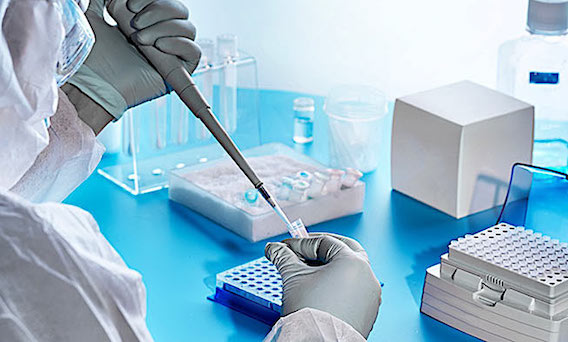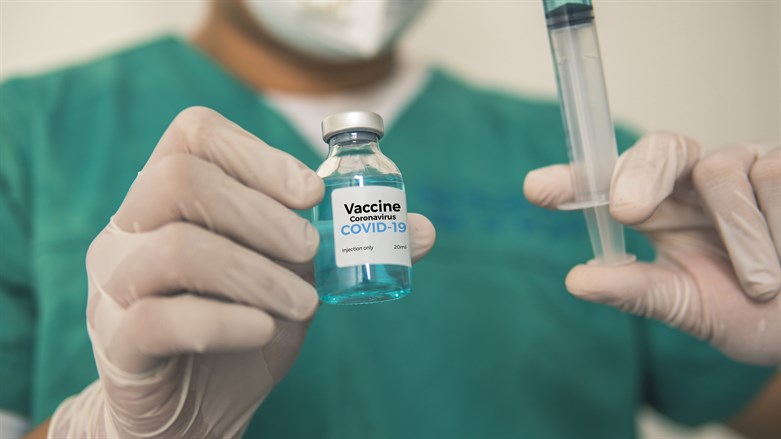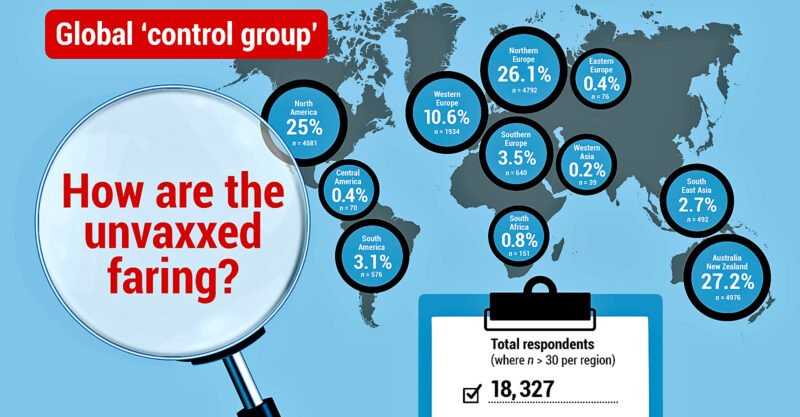WHO Information Notice for IVD Users
On the 14th December the WHO released an Information Notice on their website stating that they have “received user feedback on an elevated risk for false SARS-CoV-2 results when testing specimens using RT-PCR reagents on open systems.”
For many months the likes of Dr Mike Yeadon ex Vice President and Chief Scientific Officer of Allergy & Respiratory Diseases at Pfizer, Professor Carl Heneghan of the Centre of Evidence Based Medicine at Oxford University, Prof. Stephen Bustin (PCR Expert) and even everyones favorite celebrity Dr Anthony Fauci are all on record stating that the likelihood of being able to culture any virus from a sample obtained using a Ct above 30-35 is almost none. Thus leading to wildly inaccurate reporting of “cases” and not true contagious infections.
This is unacceptable at almost 12 months since the PCR test was rapidly approved to detect SARS-CoV2 in less than 24 hours (papers submitted on the 21st Jan 2020 and authorized without peer-review on the 22nd, more info here) but equally predictable and seems to be the normal format for the WHO to back pedal, point the finger elsewhere and try to cover their asses when faced with mounting evidence against their decisions. You can see clearly by reading the notice, copied below, that they are trying to push any blame onto the Instructions For Use (IFU) included with the testing kits.
Product type: Nucleic acid testing (NAT) technologies that use real-time polymerase chain reaction (RT-PCR) for detection of SARS-CoV-2
Date: 7 December 2020 (Published on 14 Dec 2020)
WHO-identifier: 2020/5, version 1
Purpose of this notice: To ensure users of certain nucleic acid testing (NAT) technologies are aware of certain aspects of the instructions for use (IFU) for all products.
Description of the problem: WHO has received user feedback on an elevated risk for false SARS-CoV-2 results when testing specimens using RT-PCR reagents on open systems.
As with any diagnostic procedure, the positive and negative predictive values for the product in a given testing population are important to note. As the positivity rate for SARS-CoV-2 decreases, the positive predictive value also decreases. This means that the probability that a person who has a positive result (SARS-CoV-2 detected) is truly infected with SARS-CoV-2 decreases as positivity rate decreases, irrespective of the assay specificity. Therefore, healthcare providers are encouraged to take into consideration testing results along with clinical signs and symptoms, confirmed status of any contacts, etc.
Users of RT-PCR reagents should read the IFU carefully to determine if manual adjustment of the PCR positivity threshold is necessary to account for any background noise which may lead to a specimen with a high cycle threshold (Ct) value result being interpreted as a positive result. The design principle of RT-PCR means that for patients with high levels of circulating virus (viral load), relatively few cycles will be needed to detect virus and so the Ct value will be low. Conversely, when specimens return a high Ct value, it means that many cycles were required to detect virus. In some circumstances, the distinction between background noise and actual presence of the target virus is difficult to ascertain. Thus, the IFU will state how to interpret specimens at or near the limit for PCR positivity. In some cases, the IFU will state that the cut-off should be manually adjusted to ensure that specimens with high Ct values are not incorrectly assigned SARS-CoV-2 detected due to background noise.
Manufacturers regularly review the design of their product, including labelling and IFU based on customer feedback. In the early phases of the COVID-19 pandemic, in vitro diagnostics (IVDs) were rapidly developed, validated and verified, and then rolled out. Therefore, it is not unexpected that IVDs may require refinement based on user feedback after their introduction at scale. Users should verify the version of the IFU with each consignment they receive to see if any changes have been made to the IFU.
Advice on action to be taken by users:
- Please read carefully the IFU in its entirety.
- Contact your local representative if there is any aspect of the IFU that is unclear to you.
- Check the IFU for each incoming consignment to detect any changes to the IFU. (ie they will be updating the recommended Ct values but keeping it quiet)
- Consider any positive result (SARS-CoV-2 detected) or negative results (SARS-CoV-2 not detected) in combination with specimen type, clinical observations, patient history, and epidemiological information.
- Provide the Ct value in the report to the requesting healthcare provider. (this has NEVER been standard practice in any country until now)
This leads to another line of enquiry. Who is actually printing these IFU’s that come with each PCR test and recommend ridiculous Ct’s (Cycle thresholds) over 30 Ct. Somebody somewhere knowingly is doing this. If anyone has any info or lines of enquiry we can take please contact us so we can pursue this further.
Source: WHO
Sometimes you just have to ask yourself: WHAT ARE THE CHANCES OF THAT ? – #WATCOT #WWG1WGA












